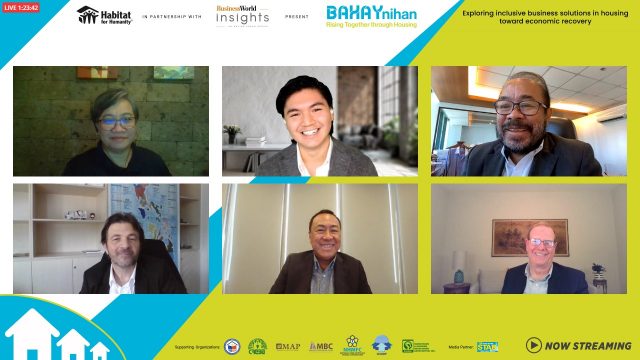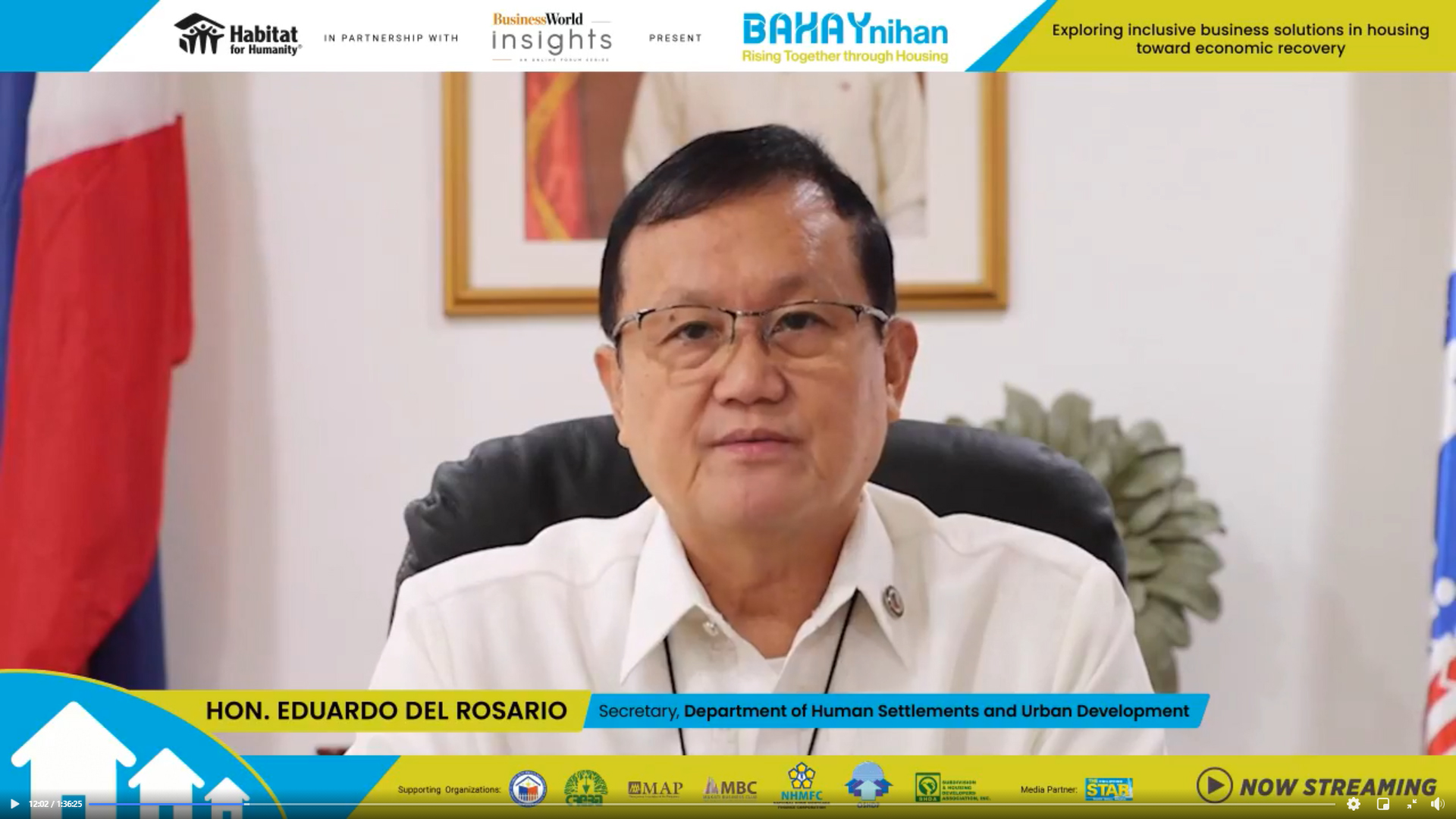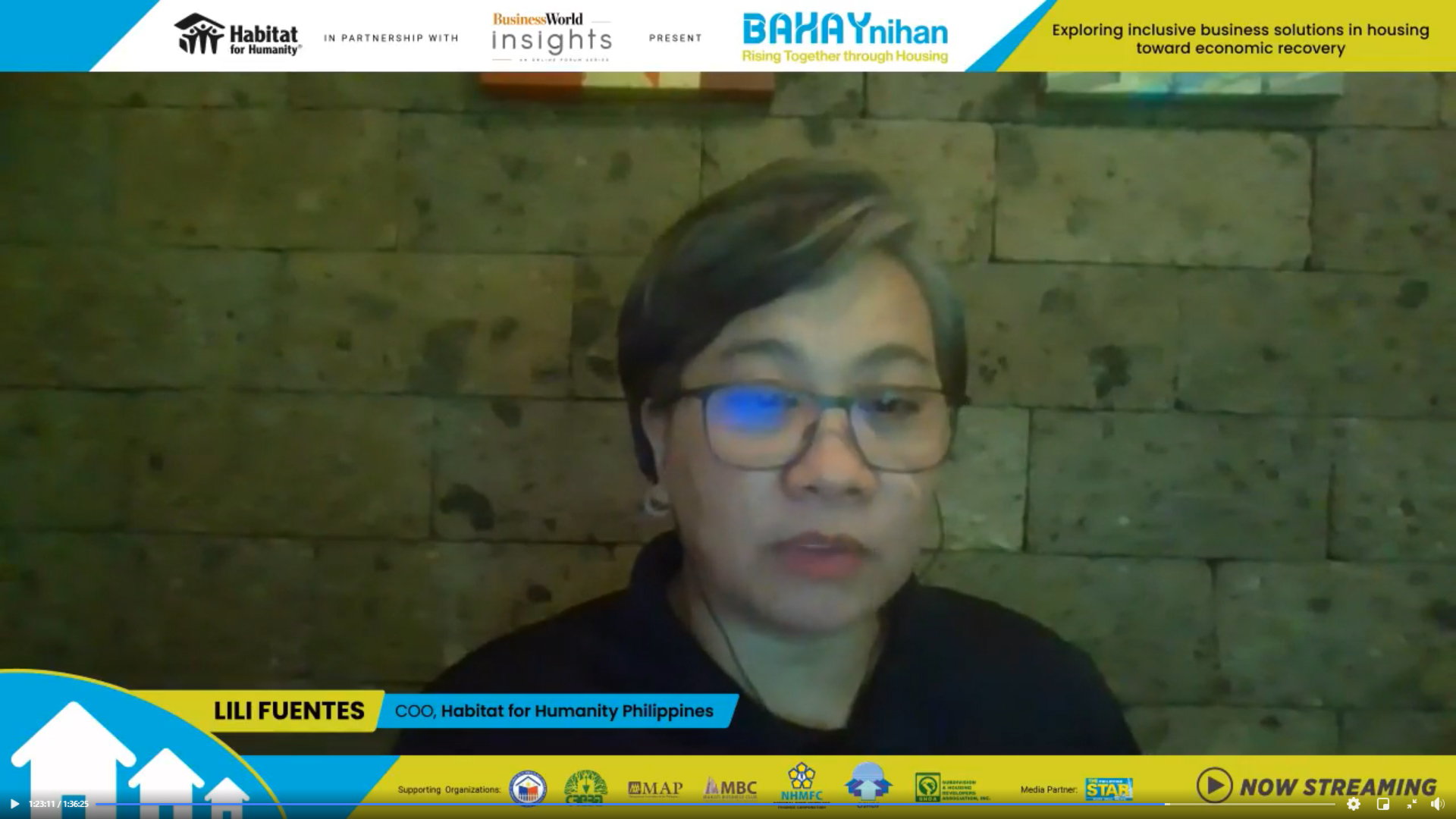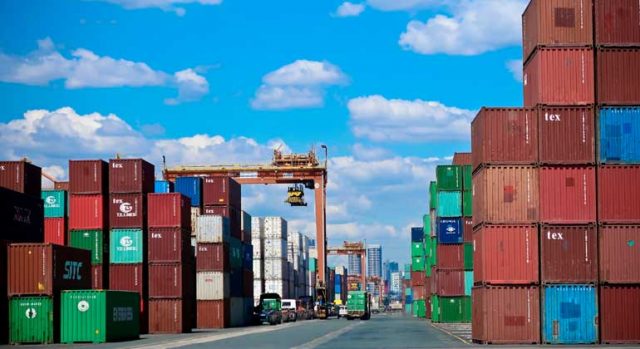Hotel frontliners, hospitality heroes
Not all heroes wear capes, now the new crop of heroes we look up to are clad in white coats, scrub caps, and the ever-elusive Personal Protective Equipment (PPEs). Our heroes in the medical field have been fighting at the frontlines for over a year, as we remain mired in a global health crisis. To them, we are truly indebted.
Recently, the Inter-Agency Task Force on Emerging Infectious Diseases (IATF) has also recognized the valiant effort and sacrifice of the men and women of our tourism sector. Frontliners of the hospitality industry have also been serving in the frontlines, welcoming and providing a safe haven for our returning countrymen and essential travelers.
This June, Resorts World Manila (RWM) tips its hat to all frontliners with Frontliners Month. RWM has a penchant for celebrating life’s greatest joys and achievements, as the company fully embraced its credo of making the most out of life. In celebration of Frontliners Month, RWM shines the spotlight on its many hotel frontliners that remained steadfast on their duty even during these times of great adversity and continued to represent the company’s commitment to thrill the world every chance they get.

Maricris Manimbo, a Guest Service Leader in Holiday Inn Express Manila Newport City (HIEx), recalls 2020 as one of the more difficult years in her career, “as early as January, we started seeing a series of cancellations of prior reservations due to the eruption of Taal volcano, and then immediately after, concerns about the virus began surfacing.” While some hotels shuttered its doors, HIEx remained operational to accommodate outbound travellers in March amid growing concerns about the pandemic. “Before the shutdown, we were servicing a lot of outbound foreign nationals. And then, immediately after, we applied to be a quarantine hotel for our returning kababayan.”
At Savoy Hotel Manila, Front Office Associate Joshua Randel Tandoc initially feared for his personal safety and job security at the height of the pandemic and initial lockdown. He shared, “we were slowed down during the height of the pandemic last year. It was really a difficult time since most of our colleagues were unable to report to work due to the lockdown. Of course, we were scared, these were uncertain times, a lot of hotels were closing down at the time. Despite dealing with the inevitable, we were able to turn this season into an opportunity to learn more, grow together, and showcase the true meaning of the Filipino hospitality.”

In these hard situations, even the smallest things can go a long way. At Belmont Hotel Manila, Food and Beverage Service Ambassador Trixie Anne Paraiso shares how they were able to provide respite to returning OFWs who are staying on mandatory quarantine in the hotel, “the pandemic has drastically changed how we approach guest service. There was an adjustment, from being able to interact face-to-face, now everything is done by phone. It’s hard when we have been so used to seeing our guests and greeting them with a smile, now we can only talk to them through the phones. It’s hard because we know it is difficult for them, too. Most of them just want to be reunited with their families. So, for our part, we really want to provide the best service possible since the hotel becomes their first home back in the country. We try to make them feel at home by checking up on them from time to time through the phone, and addressing them by their names. The guests really appreciate even the simple things that we do for them, sometimes they leave us small thank you notes saying how much they enjoyed their stay with us. These small acts of kindness in the chaos really keep us going. It puts into perspective why we do what we do.”
The pandemic has truly disrupted lives and livelihoods all over the world. The mandates for quarantine and safety guidelines have driven a wedge between people and how they interact, yet in spite of this, the Filipino spirit and hospitality exudes the necessary warmth that can keep the human connection alive and well.
To show appreciation and deep gratitude for all frontline workers, RWM is dedicating a whole month of exciting deals and offers with National Frontliners Month. To know more about the RWM’s Frontliners Month offers, visit www.rwmanila.com or follow RWM’s official social media accounts, @rwmanila on Facebook and Twitter, and @resortsworldmanila on Instagram.


















